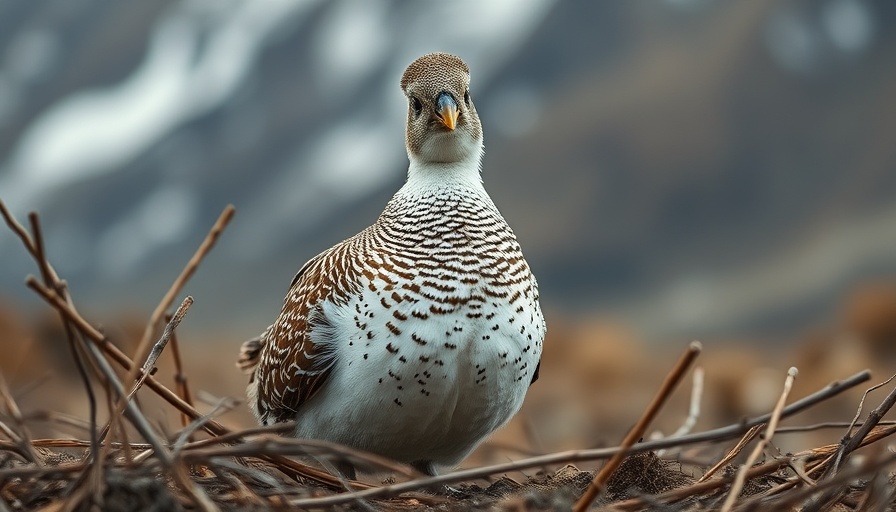
Unraveling Bobolinks: The Birds of North American Grasslands
Bobolinks, scientifically known as Dolichonyx oryzivorus, are enchanting songbirds that grace the grasslands of North America. With their distinctive black and white plumage, particularly the striking male Bobolinks who arrive first on breeding grounds, these birds are an embodiment of nature's beauty. However, the tale of the Bobolink is gradually becoming one of concern as their population faces a significant decline.
Changes in Habitat: The Core Issue Facing Bobolinks
Historically, Bobolinks thrived in native prairies found across the Midwest and southern Canada. Yet, as our agricultural practices evolved, much of this fertile land has transformed into intensively cultivated areas, diminishing the available habitat for these birds. Recent studies reveal that the loss of grassland ecosystems has led to a stark reduction in Bobolink numbers, making conservation efforts paramount.
Conservation Efforts: A Ray of Hope for Bobolinks
Efforts like the Bobolink Project aim to restore and protect these vital grassland habitats. By employing sustainable farming practices and advocating for conservation easements, stakeholders are working to create environments where Bobolinks can flourish once again. Engaging the public in conservation—through initiatives like International Migratory Bird Day—also emphasizes the community’s role in protecting these magnificent birds.
The Broader Context: Grassland Conservation Matters
Understanding the plight of Bobolinks serves as a reminder of the importance of grassland conservation more broadly. Healthy ecosystems benefit not only the Bobolinks but also countless other species and even our agricultural systems. Preserving these habitats ensures biodiversity and promotes ecological balance, which is crucial for maintaining the health of our environment.
Conclusion: Take Action for Grasslands
As we enjoy the sights and sounds of nature, let us remember the Bobolinks and their need for our support. Whether it’s participating in local conservation efforts or spreading awareness about their plight, every action counts. We can all contribute to preserving these beautiful birds and the grasslands they call home. Share your stories and experiences, and let's unite to keep the melodies of Bobolinks alive in our landscapes.
 Add Row
Add Row  Add
Add 




Write A Comment